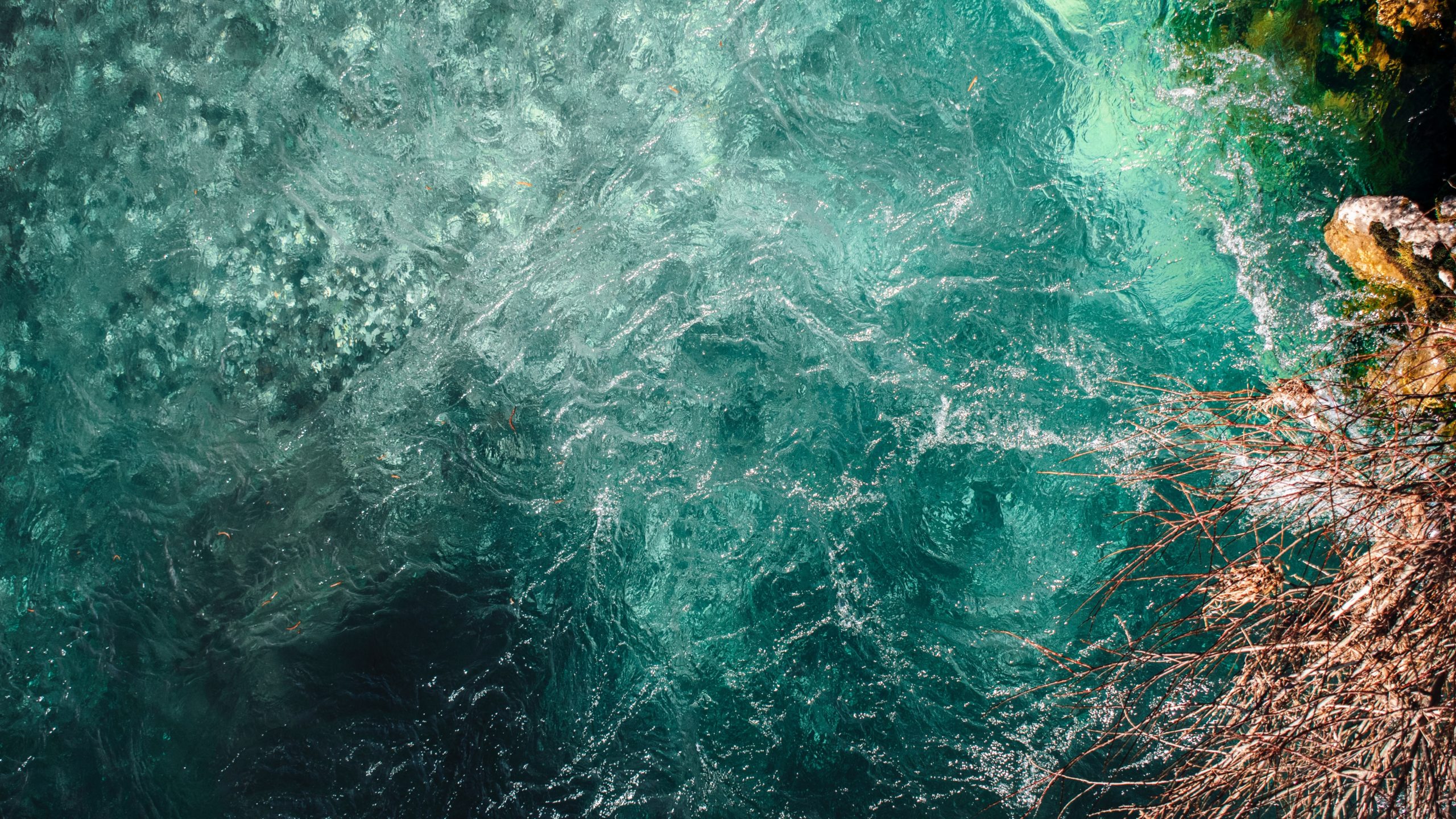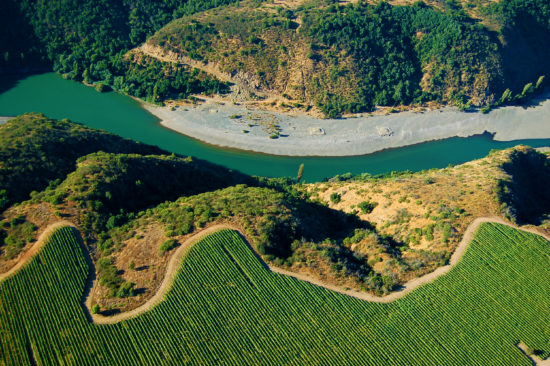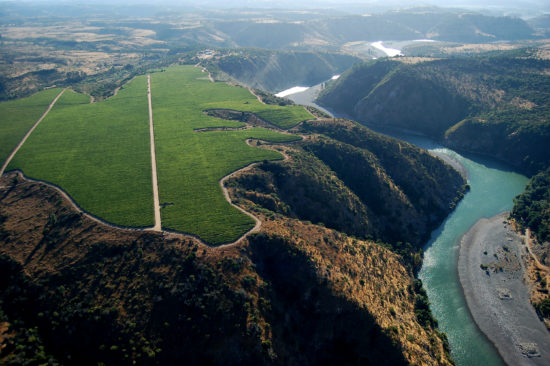The influence of rivers on wine


In the world of wine growing, the combination of warmth, sunlight, and water forms what we know as climate, which is essential to the growth of grapes. But what happens when we add rivers to the equation?
Raising awareness about the importance of conserving and protecting rivers is the goal behind World Rivers Day, celebrated on September 24th. Rivers harbor a significant variety of ecosystems and species while also providing humans with drinking water. River water plays a crucial role in sustaining life on Earth and human development, which is why there is a need to protect and manage rivers sustainably. That is the aim of the United Nations (UN) with the creation of this date, which looks to raise awareness about these waterways as a source of life.
While rivers make up a small fraction of the planet’s fresh water (0.49%), their influence is much greater. Indeed, these bodies of water notably influence the climate, and in the case of wine, they directly impact the growth and characteristics of grapes.

As we were saying, rivers are bodies of water that generate life. But we must not forget that the influence of the rivers has also created large wine growing sectors. Not through irrigation but by shaping the landscape, moderating temperatures, and reflecting light. It is no coincidence that the great wines of the world are strictly related to rivers. Surely you have heard of the Rhône, Rhine, Moselle, Douro, and Napa; all rivers and the origin of famous wines.
Rivers also influence the climate because they take longer to heat up and cool down than the earth. This means that, for example, in the autumn, rivers are warmer than the surrounding land, providing warmth to cold-climate wine regions and thus helping extend the grape-growing season. At the same time, they can also reflect sunlight onto vineyards, helping grapes ripen in regions far from the equator and protecting them from frost. That is to say, rivers can moderate extreme climates around the globe, which is crucial in the world of wine as most vineyards are located in extreme or marginal areas.

It is also no coincidence that all the Gran Reserva wines come from privileged locations near important rivers. Gran Reserva Sauvignon Blanc comes from an extraordinary vineyard in Ucúquer, located on the banks of the Rapel River and only 20 km from the Pacific Ocean. Meanwhile, the vineyards for Gran Reserva Cabernet Sauvignon and Gran Reserva Malbec are located on terraces along the southern banks of the Tinguiririca River, in one of the coolest areas of the Colchagua Valley; while the vineyards for Gran Reserva Carmenère are located in Peumo, on the banks of the Cachapoal River, in the valley that bears the same name.

Thanks to this location, where rivers control the climates, the winemaking team behind Gran Reserva manages to achieve a natural balance in the grapes. The moderating influences of all these rivers allow grapes to ripen properly while retaining their acidity, resulting in fresh and well-balanced wines. And the best part is that this quality allows for the consistent expression of terroir year after year.
We are talking about a Sauvignon Blanc with mineral notes, fresh on the palate, and notable intensity. A Cabernet Sauvignon with a silky texture, great concentration of intense aromas, and a long-lasting finish. A crunchy and concentrated Carmenère. And a Malbec with a concentrated black fruit flavor, structure, and density. Wines that don’t go unnoticed, and pay homage to the Rapel, Tinguiririca, and Cachapoal rivers. Cheers to World Rivers Day!
We comply with the highest standards of verified social and environmental performance, transparency, and legal responsibility to balance benefit and purpose.
We adopt an Impact Business Model, creating beneficial links between business, community, and environment.
The Gran Reserva vineyards are an important part of the project to conserve native forest areas and protect local biodiversity. Our native forests have the ability to retain rainwater and control the kind of climate change that results from water shortages.
We take care of 1,432 hectares of protected forests and, on average per vineyard, a total of 105 species of fauna and 48 species of registered flora.
Our effort to preserve nature begins with responsible water consumption. 99% of the water we use comes from surface and subterranean sources.
Our vineyards are drip irrigated, which translates to a 90% efficiency on water consumption, and over the past 3 years, we’ve reduced our water footprint by 10%.
All of our winemaking processes require the use of energy. Our choice to invest in clean, renewable energy reflects our desire to co-create a sustainable planet for the future.
100% of the electricity used to make the wines in the Gran Reserva collection come from renewable sources, including solar energy.
Concha y Toro has been certified under the Wines of Chile Sustainability Code since 2012, which means that our vineyards are officially recognized as sustainable vineyards.
The wines in our Gran Reserva collection are crafted entirely from estate-owned grapes in sustainably managed vineyards.